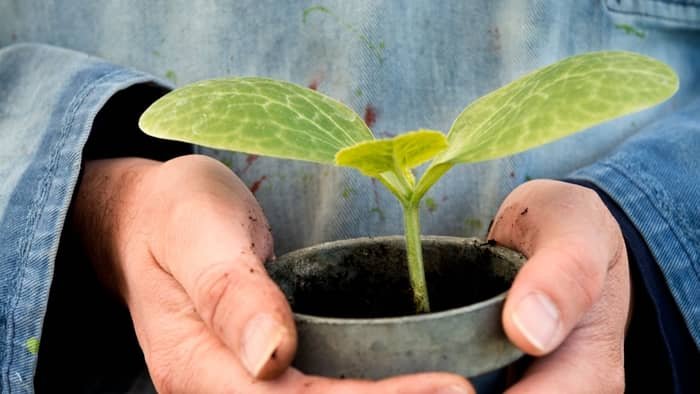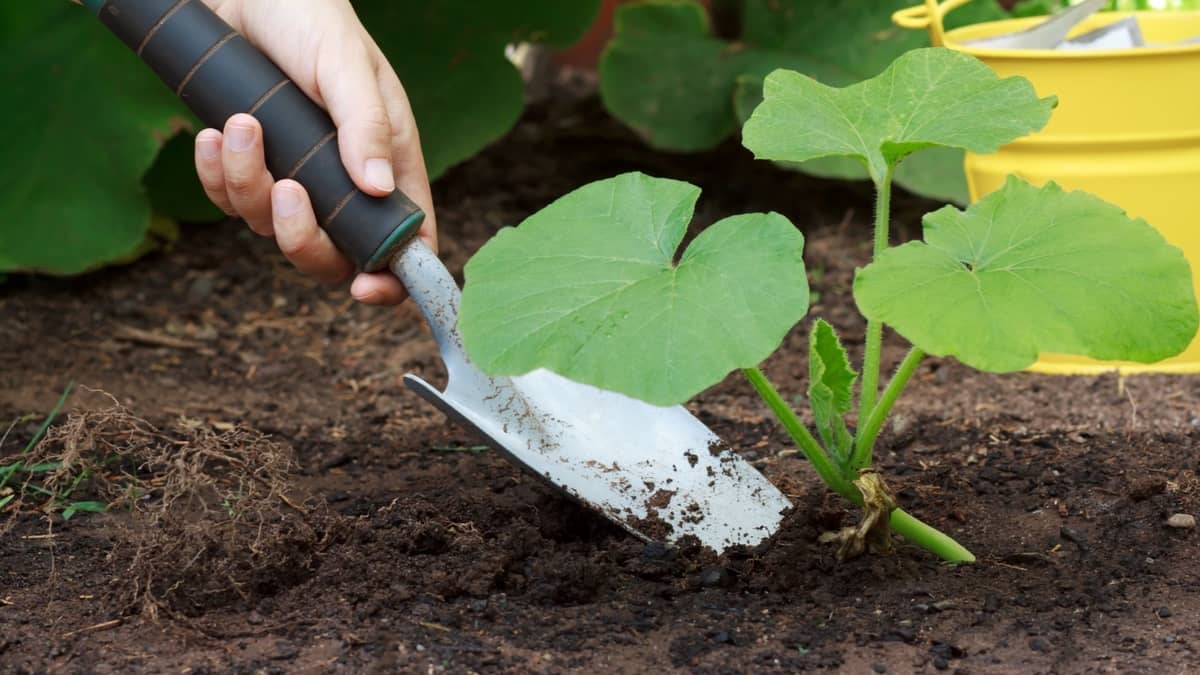Last Updated on October 16, 2024
Do you know how long does it for squash to grow? Want to learn how to grow squash? It is a great addition to any garden.
First off, it is a very giving plant. One plant can produce many different squashes. Second off, it is harvested at the end of your growing season. So it makes a delicious winter vegetable that lasts for a long time.
We have written this article to teach you: how long does it take for squash to grow? We will also teach the key techniques to successfully grow squash in your garden.
As with every plant, there are specific things you need to know about before getting started. Some of those things are sun requirements, growing characteristics, companion plants, and soil types. We will overview all of this today in order to get you ready and confident to grow squash.
Keep reading now to become the top squash expert!
Table of Contents
When Is The Best Time To Plant Squash?
There are many different kinds of squash. The specific variety will determine the growing time. At its simplest categorization, there are winter squashes and summer squashes.
Summer squashes grow a lot faster. Winter squashes grow throughout the entire growing season and are harvested in later September or October.
You need to plant squash at the beginning of the growing season. The best time to start seeds is after there has been at least 1 month of no frost. Seeds can be started in the ground or in pots outside.
In our opinion, it is better to plant seeds in a separate container to start. This will help you ensure that the plants grow strong enough to be successful outdoors. Also, whenever things are planted outside, they are susceptible to all the elements.
This is why it is safer to start seeds in a nursery. Once your sprouts have grown 3-4 sets of leaves, they are strong enough to be planted outside.

Read more about: What Does A Ripe Spaghetti Squash Look Like? Read Now!
The actual growing time depends on the variety. As mentioned earlier, there are so many types of squash. Some options are butternut squash, acorn squash, spaghetti squash, or buttercup squash.
Certain varieties are shorter, while others are longer vines. The shorter varieties are called bush varieties because they do not vine or climb. They grow up as a shorter bushes.
The other ones are considered vining plants and require additional support to grow. You can build a trellis to allow for these to climb up vertically.
Based on which squash you choose, you will need to provide the correct amount of space for them. Always research about the specific variety before planting.
How Long Will It Be Until I Can Harvest Squash?
If your plant is a summer squash you can harvest it within 2 months of its sprouting! Winter squashes take much longer, between 3-4 months until you can harvest.
Plan ahead according to which variety you will grow. Winter squashes tend to have thicker skin. This means that they can be stored for longer periods of time.
A great winter squash to try is spaghetti squash.
Summer squashes will need to be eaten a lot faster. Their thinner skin makes them susceptible to rotting. One of the most popular summer squashes to grow is zucchini. Zucchinis are a very generous producer when grown correctly.
All squashes are very healthy and versatile in the kitchen. You can bake, boil or fry them into delicious meals for any night of the week!
Base your selection on which tastes you prefer to eat. If you like something a bit sweeter, you can go with butternut squash.
Always keep in mind growing requirements. All squash need a lot of full suns to grow. Make sure you place them in an area where they can receive at least 6 hours of direct sunlight.
Try to avoid placing them underneath large shade trees.
Another thing to think about is the soil PH level. PH levels determine how well your plant performs critical life functions. Squash grows best in soil that has a little bit of acid to it.
The best PH levels for squash is between 6-6.8.
Test your soil PH on a bi-weekly basis to combat any problems as they may arise.
When Will My Squash Start To Form?
Squash forms only after the plant flowers. You will need to make sure there are pollinators to allow for the fruit to form. Small vegetables will start to form on the female flowers.
Once the flowers appear, the squash starts to come fast. According to the University of Massachusetts, “Squash grow rapidly, especially in hot weather, and are usually ready to pick within 4 to 8 days after flowering.”
Hopefully, you understand: How long does it take for squash to grow? You can now be ready to grow squash confidently in your garden! Feel free to comment and ask questions below!
FAQs
[rank_math_rich_snippet id=”s-86b9d323-ab48-4365-8b62-39ade0f47cbd”]
Tanya is an environmental enthusiast who loves living green and sustainable. She is passionate about educating others on how to live a more sustainable lifestyle and reduce their environmental footprint. She is a firm believer that we can all make a difference by taking small steps towards reducing our carbon footprint. Tanya has a degree in Environmental Studies and is currently working at a local non–profit organization which focuses on educating the public about sustainable living. In her free time, Tanya enjoys gardening, biking, and exploring nature. She also loves to cook healthy meals using organic and locally–sourced ingredients. Tanya is committed to doing her part to help preserve our planet for future generations.

